
Salty Sam’s Fun Blog for Children
Number 124
The Romans
Hello Everyone

This week, Bill and Bob have been learning all about the Roman Empire in their history lessons in school.
They were especially interested because last summer l took them to see the remains of an old Roman villa that some archaeologists had unearthed. Archaeologists are people who learn about ancient civilizations by finding things like the foundations of buildings and old, everyday objects buried in the ground.
The objects could be things like shoes, bottles, coins, pots, jewellery, combs, plates or even treasure! The further you dig down, the further back in history you can reach to. ln fact, Britain is like a big trifle, the more you dig down the more layers you find! ![]()
The villa we saw still had some beautiful Roman floors that had been uncovered by the archaeologists. They are called mosaic floors and they have pictures and patterns made up of little tiles (usually in the shape of a cube) called tesserae.
You may have made mosaic pictures at school using little pieces of coloured paper.
A lot of things we see around us today that we think of as part of everyday life were actually brought here by the Romans.
The Roman Empire stretched from the English-Scottish border of the time to Syria in the east and all around the Mediterranean Sea.
lt lasted for about 500 years, and was the last time before the Eurozone we know now, that Europe had one currency – people didn’t need passports either! The Roman word denarius was used to denote pennies in English money (£SD – pounds, shillings and pence) up until 1971 when it was changed into the decimal system we have today.
The Romans firstly came here partly because of the precious metals that could be found in Britain, and finally left in order to help protect their homeland from attacking tribes.
Their first attempt at attacking was fought off by the famous queen Boudica. The Romans finally gained entry after befriending tribal leaders.
So what did the Romans bring with them?
Well, lots of things… including apples, stinging nettles, rabbits, snails and maybe up to 750 herbs. Over 2,000 years later these things have multiplied and spread. Probably not very difficult for snails which can have nearly 500 babies a year!
They also brought well-built, straight roads, aqueducts and concrete.
lf you ever see a very straight road on a map today in England, it was probably a Roman Road originally; Stane Street for example.
Romans used indoor plumbing and heating. The word plumber comes from the Roman word for lead (a soft, grey metal) which is what a lot of water pipes were made from up until the first part of the twentieth century. Some buildings still have them – but it is not good to drink water from them.
Our language is a Latin based language, like others in Western Europe, and the Romans left a lot of their words here. London comes from the Roman word Londinium.
The numbers we mostly use are not Roman though, they are Greek.
The Roman number V is the Greek number 5, Vl is 6 and Vll is 7. The Roman number X is the Greek number 10.
Some of the Romans did not leave Britain but married and had families here. So there still is Roman blood in the population.
Bye bye everyone – don’t forget to subscribe to my blog!
lf you like my blog, please support it by telling all your friends and followers about it.
Thank you!
And see you again next Fun Friday!
Love and kisses
Salty Sam

www.christina-sinclair.com

Bill and Bob’s Joke of the Week![]()
![]()
Bill: Bob l am doing my homework about the Romans. Do you know where Hadrian’s Wall was built?
Bob: Yes, around his garden!

Salty Sam © Christina Sinclair 2015
Unauthorized use and/or duplication of material from this blog without express and written permission from this blog’s author and owner is strictly prohibited.
Links may be used to www.christina-sinclair.com

Picture Gallery

The regions of the Roman Empire had names that were quite different from today
 When the Romans came to Britain people lived houses that were built mainly of wood, mud and thatch
When the Romans came to Britain people lived houses that were built mainly of wood, mud and thatch
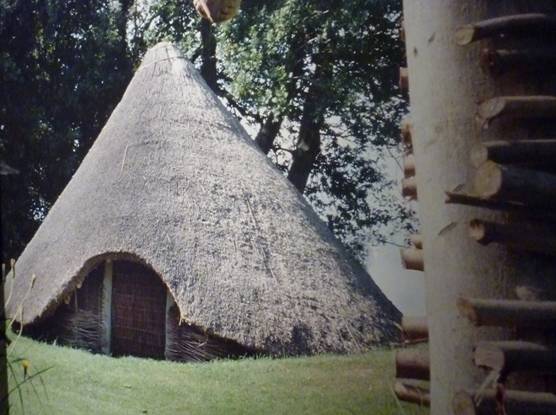 The British round houses and wheel houses were built to withstand high winds and the winter cold – the chimney was a central hole in the roof and the smoke killed bugs in the thatch
The British round houses and wheel houses were built to withstand high winds and the winter cold – the chimney was a central hole in the roof and the smoke killed bugs in the thatch
 The Romans had different ideas about construction
The Romans had different ideas about construction

Doric, Ionic and Corinthian Roman Columns
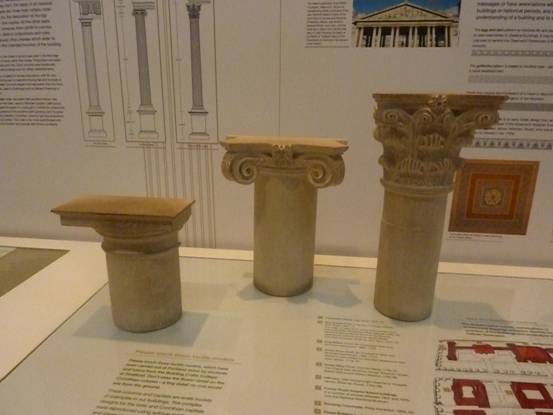 The tops of classical columns
The tops of classical columns
 Outside the Palace of Westminster is a statue of Boudica
Outside the Palace of Westminster is a statue of Boudica

It was placed at the north side of Westminster Bridge in 1902
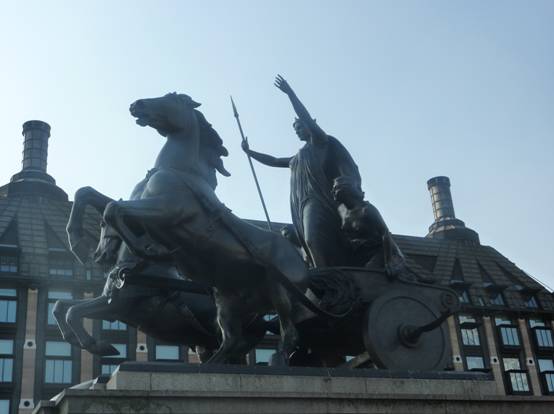 Boudica is standing in her chariot which famously had blades on its wheels
Boudica is standing in her chariot which famously had blades on its wheels
 A Roman soldier
A Roman soldier

Roman soldiers carried large shields
 Mosaic floors were made of many little tiles
Mosaic floors were made of many little tiles
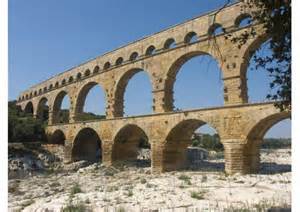 A Roman aqueduct that still stands today in France
A Roman aqueduct that still stands today in France

A Roman coin

Stane Street is a very long Roman road with a modern surface
 A remaining part of an old Roman London wall
A remaining part of an old Roman London wall

An old Roman wall in London
 It is situated outside Tower Hill Tube Station
It is situated outside Tower Hill Tube Station
 A statue of a Roman Emperor outside Tower Hill Tube Station
A statue of a Roman Emperor outside Tower Hill Tube Station

It stands by the side of the wall
 The Emperor Hadrian visited Britain in 122AD
The Emperor Hadrian visited Britain in 122AD
This model of his head was found in the River Thames near London Bridge
 Female gladiators 1st – 2nd century AD
Female gladiators 1st – 2nd century AD

A helmet of a Murmillo which was a kind of gladiator
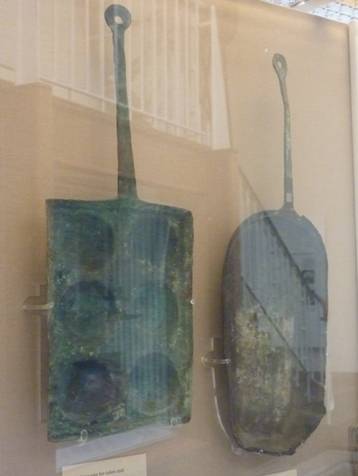 A Roman baking pan and frying pan
A Roman baking pan and frying pan
 Roman food strainer and saucepan 1st century
Roman food strainer and saucepan 1st century

Gold and silver rings 1st – 3rd centuries
 Roman brooches influenced by Celtic traditional pins
Roman brooches influenced by Celtic traditional pins
 Bronze brooches
Bronze brooches

A Roman gold necklace set with amethysts and plasma 3rd century
(British Museum)
 A painted sarcophagus – this held the coffin of a rich Roman lady
A painted sarcophagus – this held the coffin of a rich Roman lady
(British Museum)
 This is a reconstruction of the lady’s face (using her skull as a guide)
This is a reconstruction of the lady’s face (using her skull as a guide)
Her name was Seianti

A typical Roman villa (house) was positioned around a central courtyard
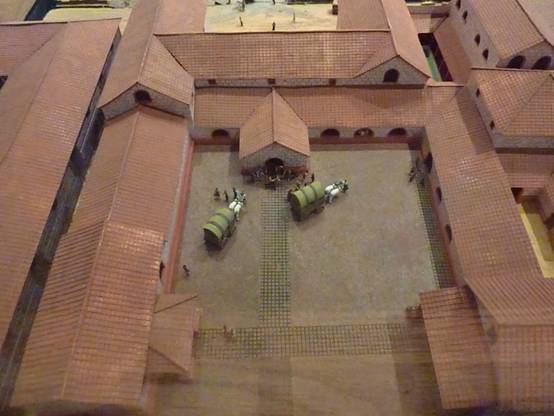 Horse-drawn, rough wooden carts provided transport on the roads
Horse-drawn, rough wooden carts provided transport on the roads

The Romans were good at civil engineering structures such as bridges
 They built communal baths
They built communal baths
 Roman baths were a complex of rooms for different activities
Roman baths were a complex of rooms for different activities

Columns of tiles were built up before the floor was laid –
this space under the floor was filled with heat to give the Romans under floor heating
 Waterfront communities received goods from all over the empire
Waterfront communities received goods from all over the empire
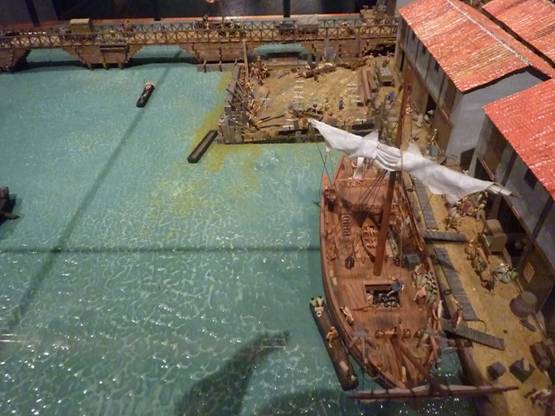 Roman ships being unloaded
Roman ships being unloaded

Boats would carry goods across the sea
 The docks were busy
The docks were busy
 Goods were transported in wooden crates and glass and pottery containers
Goods were transported in wooden crates and glass and pottery containers

A collection of Roman pots
(The British Museum)
 Warehouses and offices were built along the docks
Warehouses and offices were built along the docks
 Part of a massive water wheel used to drain a copper mine in Spain (Rio Tinto)
Part of a massive water wheel used to drain a copper mine in Spain (Rio Tinto)
(The British Museum)

A reproduction of a typical Roman living room
(Museum of London)
 A Roman mosaic made from tiny blocks
A Roman mosaic made from tiny blocks

A Victorian mosaic made out of glass
The influence of Roman ideas lasted long after their empire had collapsed
 Some Roman coins found in a cave in 2014 – they had lain undiscovered for 2,000 years
Some Roman coins found in a cave in 2014 – they had lain undiscovered for 2,000 years

The Roman money system was used up until decimalisation in 1971
 A snail making tracks across some concrete
A snail making tracks across some concrete
(If you have problems with snails or slugs in your garden
put your plants in copper planters or put composted sheep’s wool on the soil)

 THE SALTY SAM NEWS DESK
THE SALTY SAM NEWS DESK

The British pub has been around for about two thousand years. Pub is short for public house. The oldest pubs that are still around today are getting on for about one thousand years old.
The Rusty Anchor on the quayside in Rocky Bay is not that old, but it is pretty old, and has a wonderful atmosphere inside where the regulars meet up to chat and enjoy Reg the landlord’s occasional evening of special entertainment.
Another place that people congregate for social gatherings in Rocky Bay is the village hall.
![]()
But last winter there was a problem there, and the whole town was talking about what could be done about it.
What happened was that the roof started leaking and with all the heavy rain we had that winter many buckets had to be positioned around the floor to catch the drips.
There was even water dripping into the cups at the old folk’s coffee mornings!

What we needed was a big fund-raising effort and everyone contributed in any way they could.
Reg decided to have a quiz night in the Rusty Anchor where it was warm and cosy. Some local businesses contributed prizes and it was a great success.

Of course, Bill and Bob couldn’t go to the quiz night because they were in bed at the time, so they decided on their own plan.
One sunny winter’s day, I took Bill and Bob over to the Sandy Cove Golf Club and we walked over the entire course and then over the deserted campsite nearby looking for lost golf balls.
We took a large bag, and the eagle-eyed children did a great job of spotting balls in the long grass and undergrowth.
The golf club then agreed to buy the golf balls to sell on and we contributed the proceeds to the roof fund.
I’m pleased to say that after the efforts of the whole town the roof is now repaired.

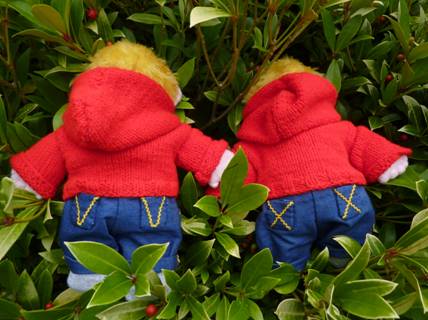


*********************
TO ADVERTISE ON THIS BLOG
PLEASE CONTACT:
christina.sinclair.ads@aol.co.uk
*********************


Pet Care lnstructions
Hamsters originally came from Syria which was in the Roman Empire.
lf you would like to have a Syrian hamster as a pet, you have to remember that they will only live for about two or three years.

They can bite if they are startled, so they are not really suitable for very small children. They also prefer playing in the night rather than in the day time.
lf you think that a hamster is the pet for you, buy a young, but not too young, healthy-looking hamster. lt will be happy living alone – put together two hamsters and they will probably fight.
Always pick your hamster up by cupping your hands underneath it. When you first take it home let it have time to get used to you and your voice before you pick it up.
Keep it in a large hamster or rat tank or cage with horizontal bars. lt will need a little nesting box made of cardboard or wood stuffed with hay. Do not use newspaper or wood shavings in its cage.
lt will need a little hamster toilet that can be filled with cat litter. This will need to be cleaned out every day.
Hamsters will need to be kept above 10°c because they are creatures from the desert and below this temperature they will not want to wake up.
They will eat rodent food with a few peanuts and some sunflower seeds added. You can also give them fruit and vegetables. Scatter feed their food so they have to go and find it. This makes their life more interesting.

(They can carry food back to their home in their cheeks.)
They can also have the odd cat biscuit (for protein) and mint leaves.
Bottled water should be regularly given in a hanging pet water bottle.
They love to play with toys and lots are available. lf they spend too much time on a wheel, put it into their cage for only 2-3 hours a day.
Wash their cages and toys with pet disinfectant every week and put back fresh bedding. The waste can be put on the compost heap. Move their toys around so that they can have a new environment to explore. Clean out old food regularly.
Just like children, they like to have new toys. They will love to have cardboard tubes, apple/pear/cherry/willow twigs inside their cage.
Don’t let them chew cables or furniture when they are running about outside their cage.
ln the wild, a hamster can travel up to a mile or two, so they will like to run about your house – but keep an eye on your hamster because they are good at escaping!
Here is a picture of a hamster in his getaway car. ![]()
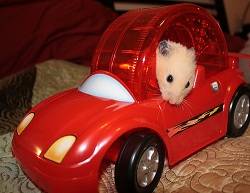
BLOW MY FOGHORN!!!

PLUS
Salty Sam fans can join in with their comments and share them with children all over the world. You will need to ask permission if you are not an adult.
Enter your e-mail address to subscribe to my blog and receive new Salty Sam Blog Posts for free by e-mail every week. Your address will be kept private and will not be shared with any third party.
Sign me up at the side bar



lt’s the Weekend!
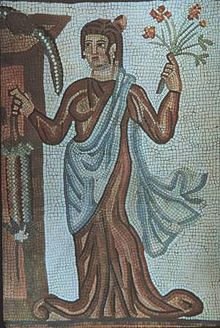
HOW TO KNlT MY CABLE SCARF
This scarf is a good pattern to practise knitting cables.
(This pattern requires a lot of counting and is not very suitable for an absolute beginner.)

CABLE SCARF (KNIT TWO)
This scarf is a good pattern to practise knitting cables. It looks a bit like a Roman Doric column.
Using 4mm knitting needles and dk yarn cast on 14 stitches
Garter stitch 6 rows
K3 p1 k6 p1 k3
K4 p6 k4
Repeat last 2 rows 4 times
K3 p1 put 3sts on a cable needle and put them behind your knitting
K3 and then k3 stitches from the cable needle p1 k3
K4 p6 k4
K3 p1 k6 p1 k3
K4 p6 k4
Repeat these last 2 rows 10 times
K3 p1 put 3sts on a cable needle and put them in front of your knitting
K3 and then k3 stitches from the cable needle p1 k3
K4 p6 k4
K3 p1 k6 p1 k3
K4 p6 k4
Repeat these last 2 rows 10 times
K3 p1 put 3sts on a cable needle and put them behind your knitting
K3 and then k3 stitches from the cable needle p1 k3
K4 p6 k4
Continue knitting this pattern crossing your cables over backwards and forwards alternately until you have crossed over 8 times
K4 p6 k4
K3 p1 k6 p1 k3
K4 p6 k4
Repeat these last 2 rows 3 times
Knit 6 rows in garter stitch and cast off
TO MAKE UP
Sew the two scarves wrong sides together using over-sew stitch along all the edges.
You can put a fringe on the end of the scarf if you would like to.
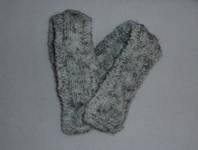
TIP
You might find it helps to use markers along the side as you knit to help you count the rows. You can use little pieces of yarn tied on, plastic paper clips or special markers bought in a knitting shop.


Please note that the material on this blog is for personal use and for use in classrooms only.
It is a copyright infringement and, therefore, illegal under international law to sell items made with these patterns.
Use of the toys and projects is at your own risk.
©Christina Sinclair Designs 2015




It’s going to be end of this day, but before it ends I am glad to be reading this impressive blog
Thanks!